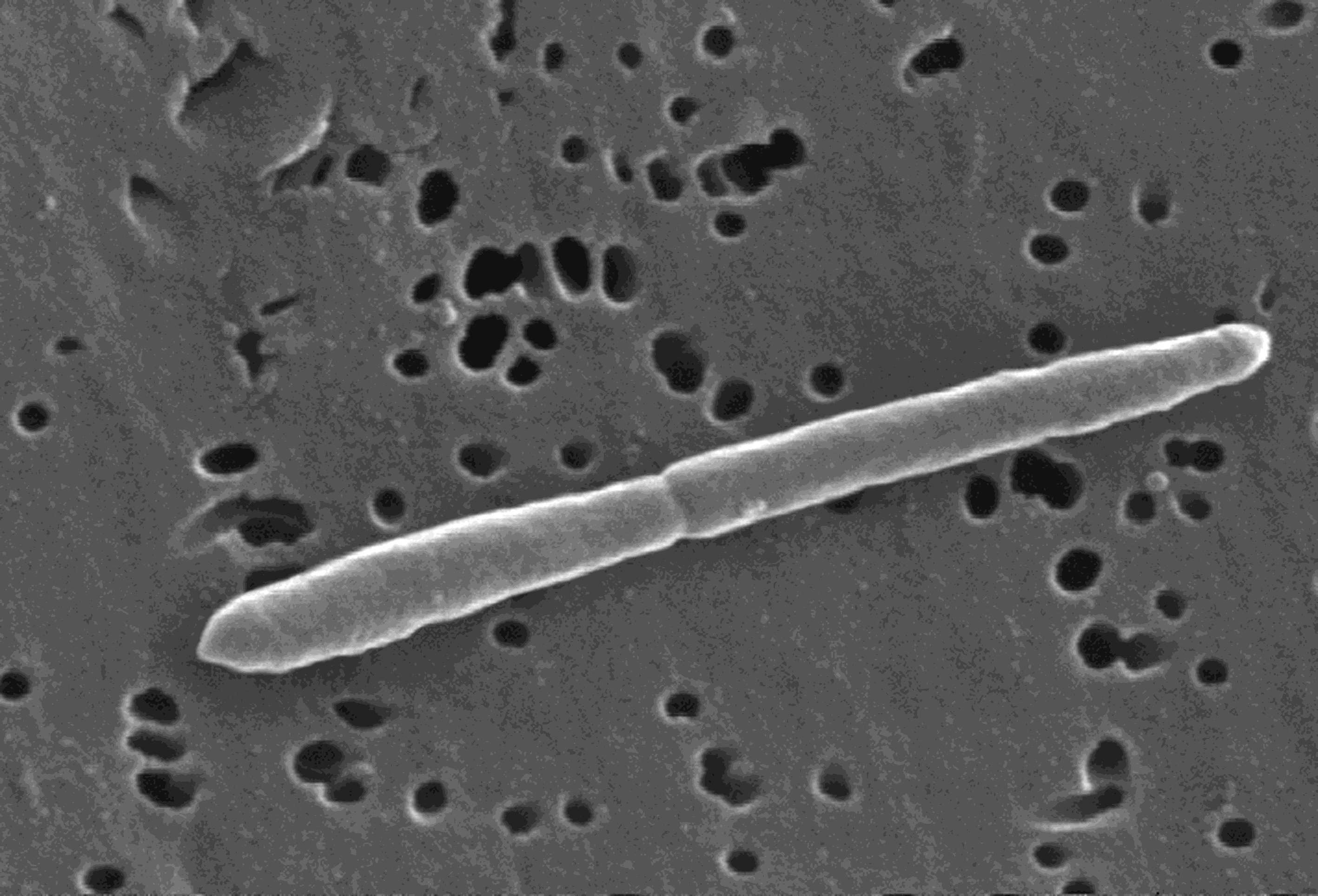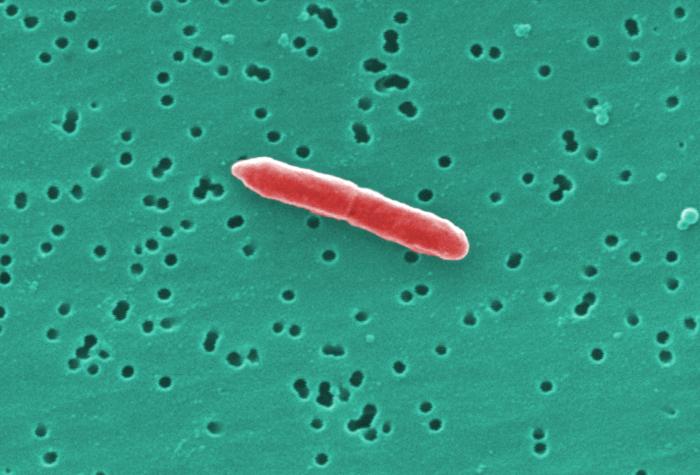Reproduction
Division. Division. Division.
Since Pseudomonas aeruginosa is a commonly found organism, it obviously is a master at replicating rapidly and infecting a large number of individuals. Because Pseudomonas aeruginosa is prokaryotic, and a single celled organism, it must reproduce asexually. Asexual reproduction does not involve the fusion of gametes, or genetic recombination as found in sexual reproduction. Specifically, it clones itself through the process of binary fission. This is the form of asexual reproduction most common in bacteria. The process of binary fission is fairly basic, in simple terms, the parent cell prepares by making two copies of its single circular chromosome. Both copies of the chromosome are attached to the plasma membrane and are then pulled slowly apart by a shifting and growing of the plasma membrane. Cell growth continues while the cell membrane pinches inward, dividing the cytoplasm by the process of cytokinesis. Cell wall formation begins during cytokinesis as well, once complete, two identical daughter cells have formed.
Above pictures: cell division in bacillus bacteria. Pictures from
WikiCommons.
Because this process is not overly complex in comparison to
meiosis/mitosis, it is a relatively quick process, under ideal
conditions, binary fission can happen in as little as twenty
minutes. Since the process is so fast, it is important to take
mutations in the DNA sequence into consideration. Mutations occur
when there is a mistake in the nucleotide sequences or genetic code
during replication of the original DNA. These changes create new,
unique variations in the bacteria’s DNA. More often than not, this
new variation is problematic for the bacteria, inevitably cause the
cell to die. However, on occasion, this new variation can be of some
benefit and give the bacteria an advantage. These benefits may
improve the evolutionary fitness of the bacteria making it more
likely to pass on its genetic material to the next generation,
eventually making that strain more prevalent. Mutations in genes
related to anti-biotic resistance make it harder to treat patients
with bacterial infections allowing infection to rage out of control.
Research scientists are continually working to develop new types of
antibiotics that will keep resistant bacteria like Pseudomonas
aeruginosa in check.
Now let's take a look at how Pseudomonas aeruginosa interacts with other organisms. (Interactions)


